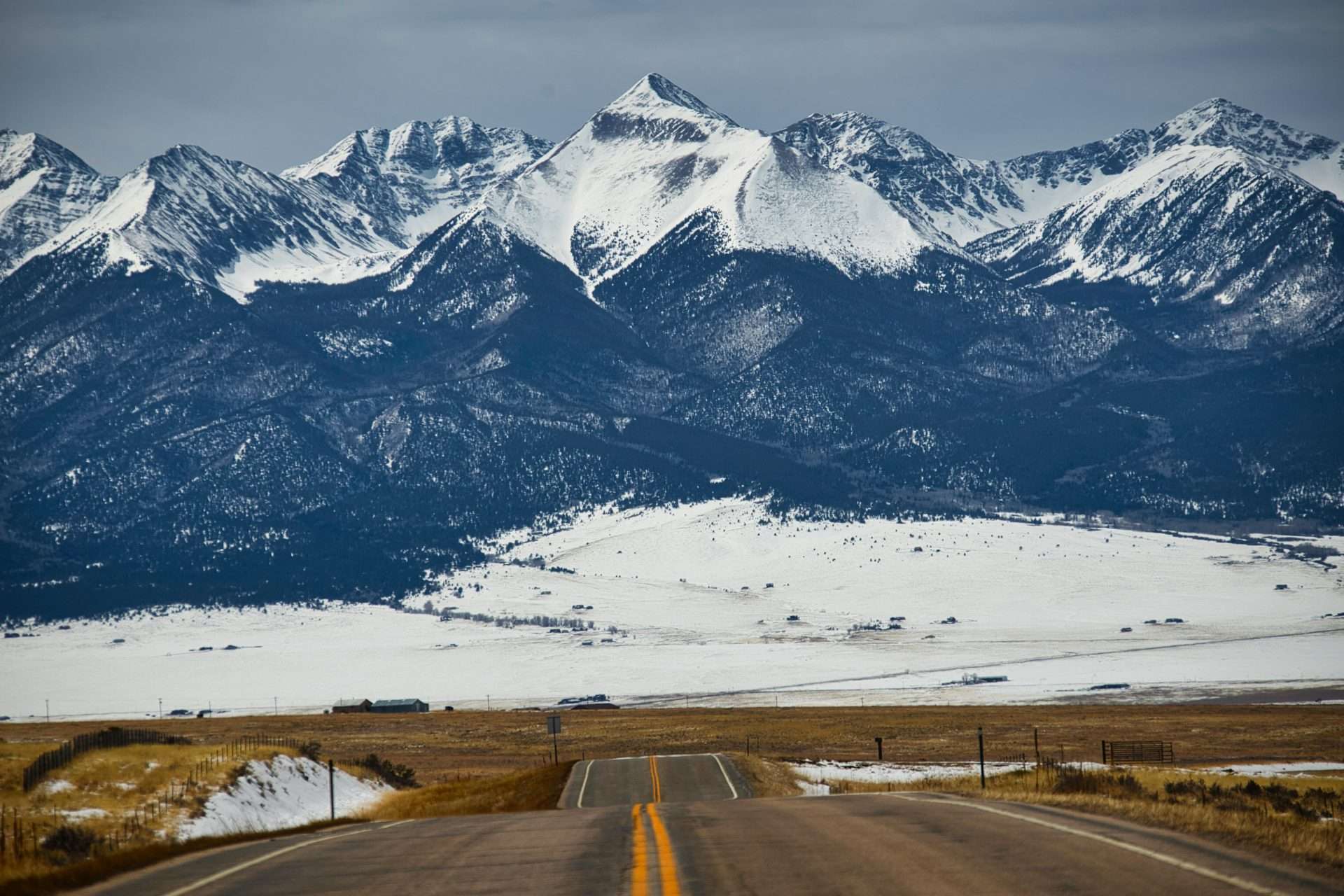By Kaitlyn Fletcher
After nearly two months of public pressure, political opposition, and policy constraints, Senator (R-Utah) Mike Lee withdrew his controversial provision to sell public lands from the Senate Reconciliation Bill.
Amidst this win, the Trump administration rolled back other environmental rules that will allow public lands to be stripped of their resources under the guise of wildfire mitigation and energy dominance. This agenda continues to threaten this American legacy for future generations.
“Because of the strict constraints of the budget reconciliation process, I was unable to secure clear, enforceable safeguards to guarantee that these lands would be sold only to American families – not to China, not to Blackrock and not to any foreign interests,” Lee stated. “I’ve decided to withdraw the federal land sales provision from the bill.”
Vague language was a primary concern expressed by politicians, environmentalists and other opponents of this measure. Lee refused to respond to comments requesting a map to show eligible lands, which, based on a Wilderness Society analysis, could have been more than 250 acres.
Desperate for its inclusion, Lee introduced four versions of the ‘mandatory disposal’ of millions of acres of public lands for development across the west. The original mandated the sale of up to 3.3 million acres of public lands, managed by the National Forest Service and the Bureau of Land Management, across 11 western states. National parks, monuments and wilderness areas designated by Congress were not included.
Though stripped from the House in May, Lee reintroduced the provision in the Senate. The Senate parliamentarian ruled that the measure did not follow legislative procedures, listed under the Byrd Rule, which does not allow budget bills to amend policies.
After this decision, Lee narrowed the sale’s scope to exclude national forests, but still targeted up to 1.2 million acres of BLM lands within 5 miles of population centers. This could have barred access to cherished recreational sites, both near and far from communities.
Lee promised to help Trump “put underutilized federal land to work” because “the government owns far too much land” that he claims is “locked away from the people.”
The United States government owns 28 percent of the landscape. Public lands are concentrated in the west, with a few units scattered throughout the eastern States. BLM manages the most acreage, at nearly 245 million acres, followed by the National Forest Service, U.S. Fish and Wildlife Service, and then the National Park Service.
Colorado public land spans over a third of the state, attracting hikers, hunters, anglers and outdoor enthusiasts. This powers a $17 billion recreation economy and employs 132,000 residents, Senator (D-CO) John Hickenlooper said.
In June, the U.S. Agriculture Department Secretary Brooke Rollins announced its intention to repeal the 2001 Roadless Area Conservation Policy. This Clinton-era legislation, dubbed the ‘Roadless Rule,’ protects 58 million acres of pristine, remote lands in national forests from logging, mining, and roads.
This removal of protections aligns with a series of actions following Trump’s March executive order, which called for the “Immediate Expansion of American Timber Production” on public lands. It opens up 30 percent more of our national forests to timber production. Studies show that most wildfires are sparked on private lands near roads.
The reconciliation bill requires increased logging on national forests, access to recoverable coal deposits on BLM lands, and oil and gas leasing in Alaska and the Gulf of Mexico.


